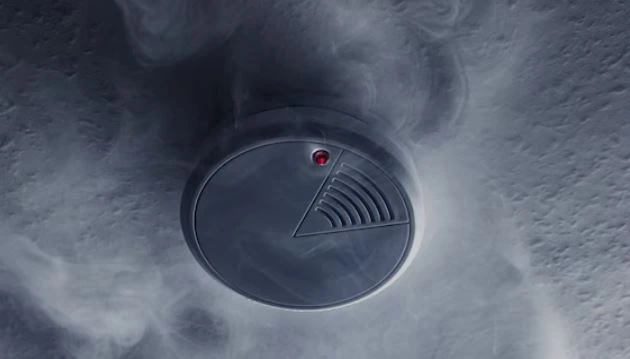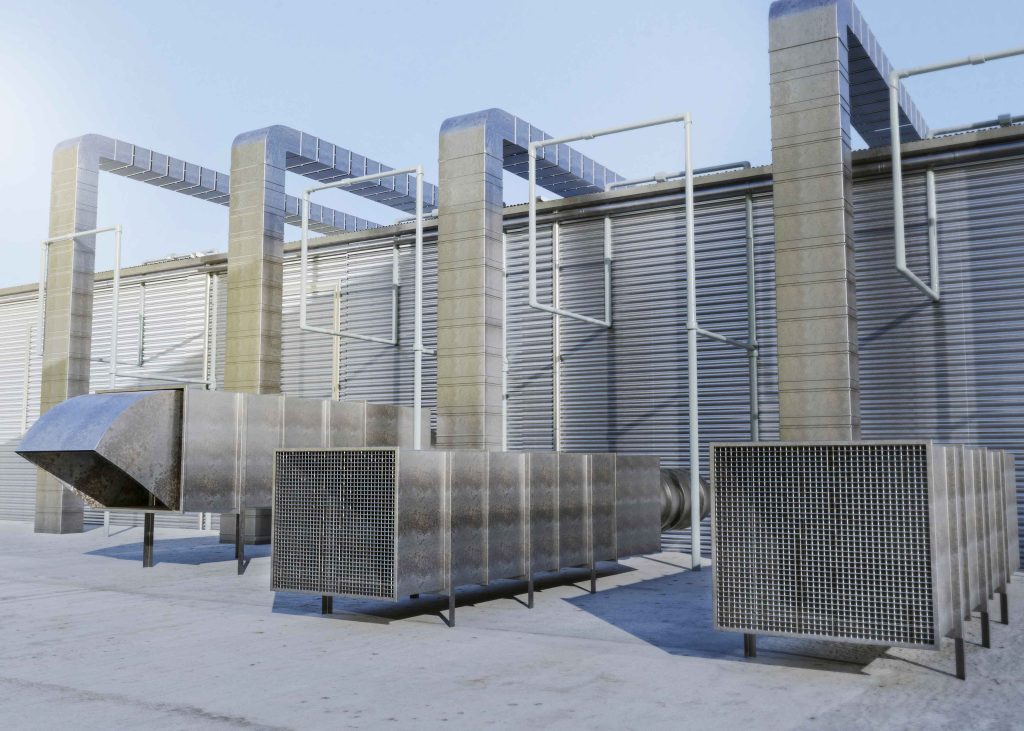Smoke gathering inside a factory because the ventilation isn’t open during a fire? This is one of the consequences of not integrating fire alarms with your factory system. If left unchecked, you’re allowing the fire to damage more important things.
In this article, we’ll explain the importance of integrating fire alarms and factory systems to improve fire response and allow for faster response.
The “Cause and Effect” Concept in Modern Fire Safety
When a fire occurs, the fire safety system must be able to detect it through devices that can indicate its presence. For example, a smoke detector will trigger other systems when it detects smoke (a sign of fire).
This is where the concept of cause and effect comes from. A fire protection system must ensure a correct and structured response after being triggered. For example, an activated smoke detector must trigger other systems, such as the fire alarm, hydrant system, or other relevant systems.

This concept aims to ensure immediate notification of a fire so that response can be carried out quickly, including extinguishing the fire and evacuating factory employees.
Once a fire has been confirmed, the next step is to ensure your factory system can help contain the fire. This is why the cause and effect metric doesn’t just apply to fire protection systems, it also needs to be applied by connecting the fire alarm to the factory system.
Benefits of Integration: Minimizing Damage and Accelerating Response
When a fire detection system is connected to the factory system, detection occurs as early as possible. This helps your factory receive a faster response, helping to slow the spread of the fire. This, in turn, will impact the damages caused by the fire.
First, it is a faster fire response. When a fire occurs, people tend to prioritize themselves. Therefore, early response assistance from the factory system will redirect the focus on employees from extinguishing the fire to evacuation.
In this scenario, the risk of loss of life is also reduced because critical time can be used to escape. Furthermore, preventing the spread of fire also helps prevent damage to assets, products, and buildings.
When the response is faster, damage is minimized, reducing the risk of significant financial losses. Finally, you can also avoid legal risks related to compliance with safety standards because you have maximized your rapid response to the fire.
Examples of Crucial Integration of Fire Alarm and Factory Systems
Here are real-life examples of how integrating a fire alarm system with a factory system can trigger rapid, automated response in the event of a fire.
Automatically Shutting Down Production Machines When the Alarm Activates
When a fire occurs, people tend to panic, making it easy to leave factory machines still producing goods unattended. You can connect a fire alarm system to production machines so that when the alarm is activated, the machines can automatically stop operating.
Shutting Off Ventilation (HVAC) to Prevent Smoke Spread

To ensure a smooth evacuation and prevent hazardous gases from spreading quickly throughout the factory, you need to connect the ventilation (HVAC) system to the fire alarm system. This is also crucial to reduce the risk of damage to assets or other important items due to hot smoke.
Automatically Activating the Gas Extinguishing System
If your factory has sensitive rooms such as product laboratories or server rooms, installing gas extinguishers will significantly facilitate automatic extinguishing without human intervention. The next step is to integrate it with the fire alarm system so that the gas extinguishers can be activated immediately when a fire is detected.
Designing a Cause & Effect Matrix for Your Facility
For optimal performance in the event of a fire, you need to identify each input or cause, such as a smoke detector triggered by smoke from a fire, as well as the output or impact of that input, such as an alarm sounding.
Other outputs that need to be identified include factory systems, such as ventilation that automatically shuts off when a smoke detector is triggered. Once the data is collected, you need to map each cause and effect into a single system that can create a predictable and reliable response in the event of a fire.
The next step is to conduct annual fire alarm testing of the operating system. To do this precisely, you need to hire an expert, a fire engineer. They will perform accurate calculations using the cause-and-effect matrix in designing the fire protection system.
Like Lumeshield, we apply a data-driven approach in every fire protection system design, including incorporating a cause-and-effect matrix to produce a reliable fire safety system that complies with current safety standards.
We have over 10 years of experience and hold professional certifications from BNSP, LPJK, and the FM Global workshop, confirming our expertise in helping your facility achieve an integrated fire protection system design.
We not only ensure accuracy and meet standards, but also prioritize safety in every design, ensuring our designs minimize financial and human risks. If we’re the one you’re looking for, let’s keep in touch to collaborate!

